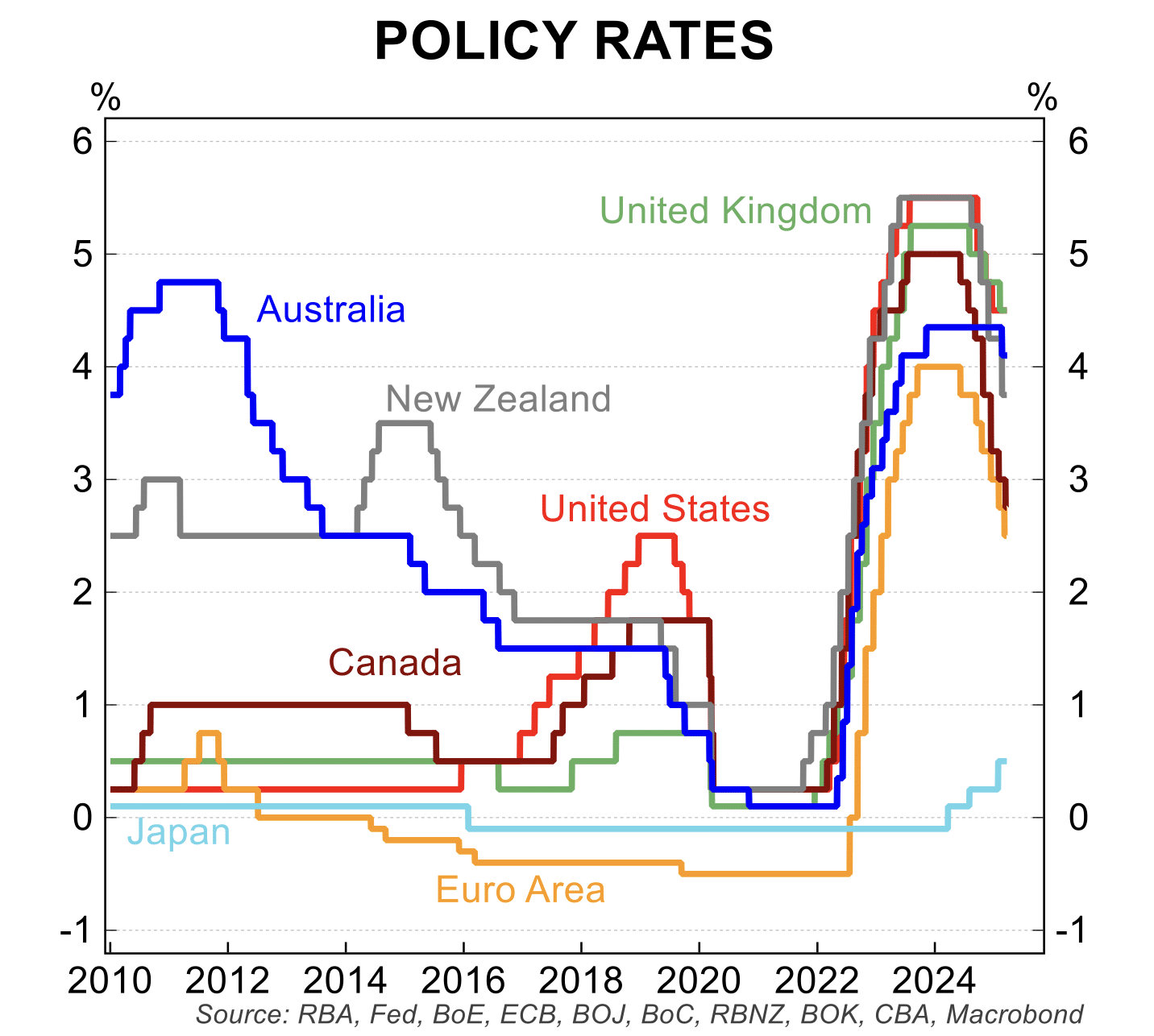Private debt has emerged as a versatile asset class, offering appealing risk-adjusted returns for investors seeking portfolio diversification and stability.
Australia’s private debt market has experienced substantial growth, driven by a combination of tightened bank lending standards and investor appetite for alternative investments. This shift has created new opportunities for investors and borrowers, alike.
Within this landscape, commercial real estate (CRE) debt investing is proving particularly compelling.
Understanding private debt and CRE debt
Private debt refers to non-bank loans issued to companies. CRE debt involves loans for commercial transactions secured by physical property assets, such as residential developments, commercial buildings, and industrial facilities.
CRE debt has attracted attention for its ability to generate reliable returns while mitigating risk. The contractual interest payments from borrowers create a predictable income stream, appealing to investors seeking stability in uncertain markets. Furthermore, CRE debt is typically secured by high-quality real estate assets, and conservative loan-to-value ratios that provide a buffer against falls in the property’s market value. Additionally, the priority position of creditors in the capital stack ensures repayment takes precedence over equity holders.

Key drivers behind the growth of commercial real estate debt in Australia
The scale of Australia’s alternative lending market is growing at pace, with CRE debt accelerating at an average annual growth rate of more than 20%1. There are a range of factors driving this growth:
Banks have reduced exposure to CRE debt due to regulatory constraints and increased capital requirements. This retreat has created opportunities for private lenders to access market-leading opportunities by catering to borrowers seeking funding with flexibility, agility, and commerciality.
The rise of mid-market commercial real estate projects has fuelled demand. These projects often require tailored loan structures, a deep understanding of the asset and a commercial and flexible approach which private lenders, like Zagga, specialise in. Given our organisation’s deep experience in development projects and construction funding, we’ve been able to look beyond what independent quantity surveyors present, to identify conservative contingencies to help manage a project seamlessly and successfully through to Practical Completion, and ultimately, loan repayment.
CRE debt investments offer investors relatively high yields with lower volatility, compared to equity markets. The stability of income, backed by tangible property assets, makes it a defensible choice for investors seeking consistent returns with the added security of the debt sitting higher on the capital stack, offering repayment priority over equity investors.
Opportunities in CRE debt for investors
In the current market, several factors are creating favourable conditions for investing in CRE debt:
High interest rates and persistent inflation:
In a high-interest rate environment, CRE debt investing remains attractive due to its ability to deliver stable, income-focused returns that hedge against inflation. Unlike equities or unsecured debt, real estate-backed loans benefit from collateralised security, making them less volatile during economic uncertainty.
Low correlation with traditional assets:
CRE debt’s performance is largely independent of broader market fluctuations, offering valuable diversification benefits. This defensive characteristic has attracted investors looking for a balanced portfolio and protection from market volatility.
Steady property market growth:
Australia’s real estate sector continues to demonstrate resilience. We are seeing notable growth across several key sectors:
- Residential development: Australia’s housing shortage has intensified demand for residential construction financing. Private lenders are stepping in, particularly in high-growth regions, as well as catering to unique builds, such as sustainable developments. Most recently, Zagga partnered with celebrity landscaper, Jamie Durie, on his luxury home in Sydney, which offers first-of-its-kind sustainability features.
- Commercial office: While the pandemic caused a shift in office space usage, demand remains for high-quality, adaptable properties in central business districts and growth corridors. For example, Zagga is currently financing the refurbishment of a heritage building in Flinders Street, Melbourne that is proving in demand with commercial tenants due to its A-Grade facilities, prime location, and unique façade.
- Industrial and logistics: The e-commerce boom has spurred demand for warehousing and logistics infrastructure. CRE debt for industrial projects is thriving as companies invest in supply chain optimisation and fulfillment centres.






Future outlook for CRE debt in Australia
Looking forward, we expect to see continued growth across the private debt market, driven by a number of tailwinds:
Regulatory environment:
CRE loans are idiosyncratic in nature and require thorough due diligence and structuring of risk management prior to investment. Selection of a highly competent investment manager with proven track record is therefore paramount. Increasing regulatory scrutiny will fuel the growth of reputable CRE debt managers who prioritise risk management and protection of their investors’ capital while delivering consistent returns. As the market evolves, these investment managers will play a critical role in setting industry benchmarks for transparency, governance, and sustainable investment practices.
ESG considerations:
Projects aligned with environmental, social, and governance (ESG) criteria are sought after by investors. For borrowers, there is rising demand for a greener built environment. CRE debt helps connect opportunity with capital.
Technological advancements:
The adoption of advanced technology in underwriting and risk management is enhancing efficiency and decision-making in CRE debt investments. Digital platforms will continue to streamline the investment process, providing greater transparency and accessibility.
Conclusion
CRE debt presents a compelling opportunity for investors seeking a blend of stable income, risk mitigation, and true portfolio diversification. Market tailwinds and increasing appetite, from both investors and borrowers, are creating the perfect storm for CRE debt to capture a larger market share and continue its strong growth trajectory.
However, when it comes to CRE debt investing, it is critical to do your due diligence and engage with trusted investment managers who prioritise their investors through robust risk mitigation and deal transparency.
At Zagga, we are proud to have returned 100% of our investors’ capital, while delivering conservative, reliable monthly returns. To learn more about CRE debt opportunities and partnering with Zagga, visit our Education Hub here.
Preqin, E&Y Research; 2023




